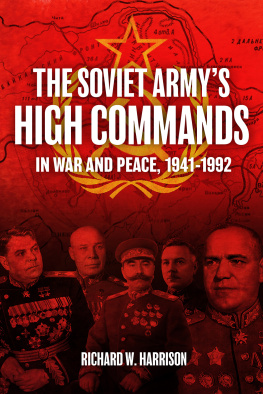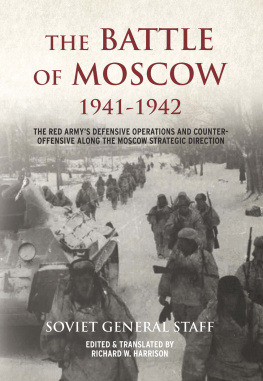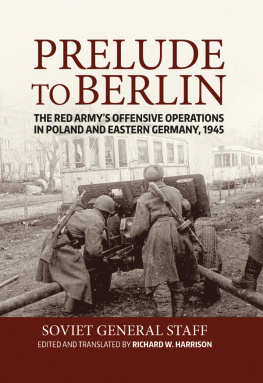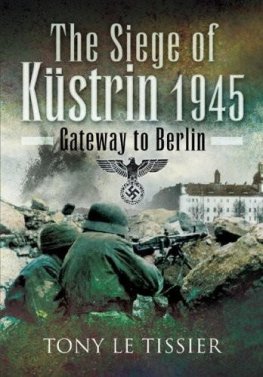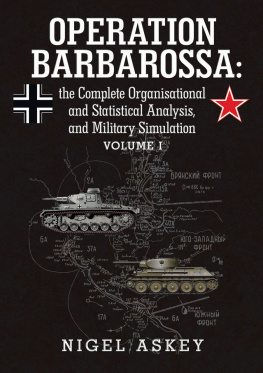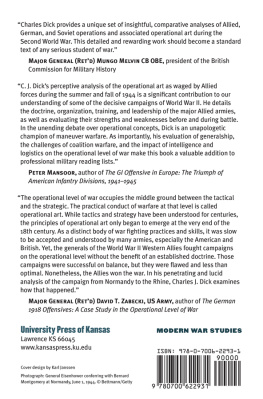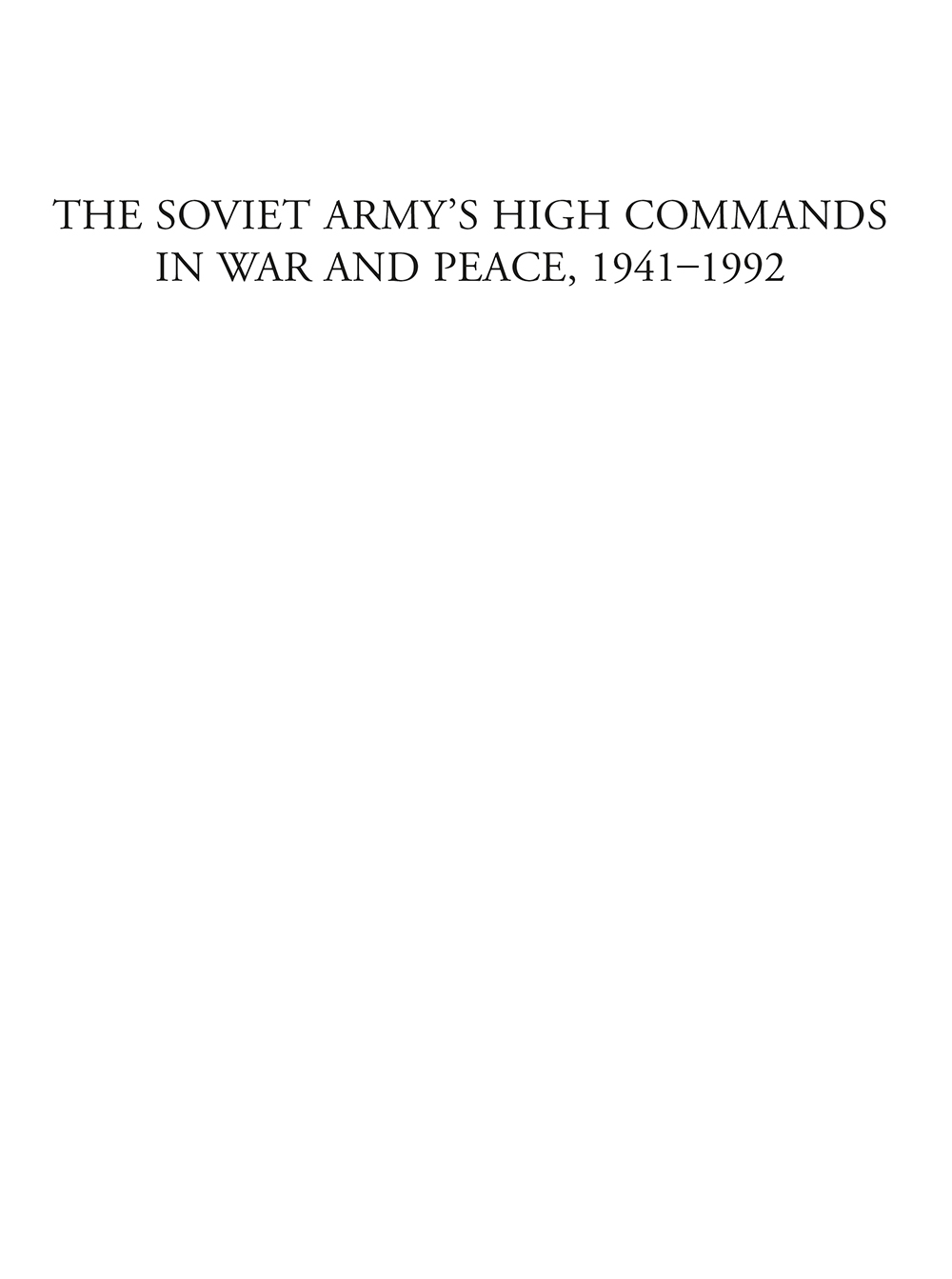Richard W. Harrison - The Soviet Armys High Commands in War and Peace, 1941–1992
Here you can read online Richard W. Harrison - The Soviet Armys High Commands in War and Peace, 1941–1992 full text of the book (entire story) in english for free. Download pdf and epub, get meaning, cover and reviews about this ebook. City: Philadelphia, year: 2022, publisher: Casemate Academic, genre: History. Description of the work, (preface) as well as reviews are available. Best literature library LitArk.com created for fans of good reading and offers a wide selection of genres:
Romance novel
Science fiction
Adventure
Detective
Science
History
Home and family
Prose
Art
Politics
Computer
Non-fiction
Religion
Business
Children
Humor
Choose a favorite category and find really read worthwhile books. Enjoy immersion in the world of imagination, feel the emotions of the characters or learn something new for yourself, make an fascinating discovery.
- Book:The Soviet Armys High Commands in War and Peace, 1941–1992
- Author:
- Publisher:Casemate Academic
- Genre:
- Year:2022
- City:Philadelphia
- Rating:5 / 5
- Favourites:Add to favourites
- Your mark:
The Soviet Armys High Commands in War and Peace, 1941–1992: summary, description and annotation
We offer to read an annotation, description, summary or preface (depends on what the author of the book "The Soviet Armys High Commands in War and Peace, 1941–1992" wrote himself). If you haven't found the necessary information about the book — write in the comments, we will try to find it.
The war on the Eastern Front during 194145 was an immense struggle, running from the Barents Sea to the Caucasus Mountains. The vast distances involved forced the Soviet political-military leadership to resort to new organizational expedients in order to control operations along the extended front. These were the high commands of the directions, which were responsible for two or more fronts (army groups) and, along maritime axes, one or more fleets.
In all, five high commands were created along the northwestern, western, southwestern, and North Caucasus strategic directions during 194142. However, the highly unfavorable strategic situation during the first year of the war, as well as interference in day-to-day operations by Stalin, severely limited the high commands effectiveness. As a consequence, the high commands were abolished in mid-1942 and replaced by the more flexible system of supreme command representatives at the front. A High Command of Soviet Forces in the Far East was established in 1945 and oversaw the Red Armys highly effective campaign against Japanese forces in Manchuria.
The Far Eastern High Command was briefly resurrected in 1947 as a response to the tense situation along the Korean peninsula and the ongoing civil war in China, but was abolished in 1953, soon after Stalins death. Growing tensions with China brought about the recreation of the Far Eastern High Command in 1979, followed a few years later by the appearance of new high commands in Europe and South Asia. However, these new high commands did not long survive the collapse of the Soviet Union in 1991 and were abolished a year later.
The book relies almost exclusively on Soviet and post-communist archival and other sources and is the first unclassified treatment of this subject in any country, East or West.
Table of Contents
Introduction
1. Imperial Antecedents
2. Soviet Antecedents
3. Organizing for War
4. The Northwestern High Command
5. The Western High Command
6. The Southwestern High Command
7. The North Caucasus High Command
8. The Stavka Representatives
9. The Far Eastern High Command
10. The Postwar High Commands
Bibliography
Index
Richard W. Harrison: author's other books
Who wrote The Soviet Armys High Commands in War and Peace, 1941–1992? Find out the surname, the name of the author of the book and a list of all author's works by series.

